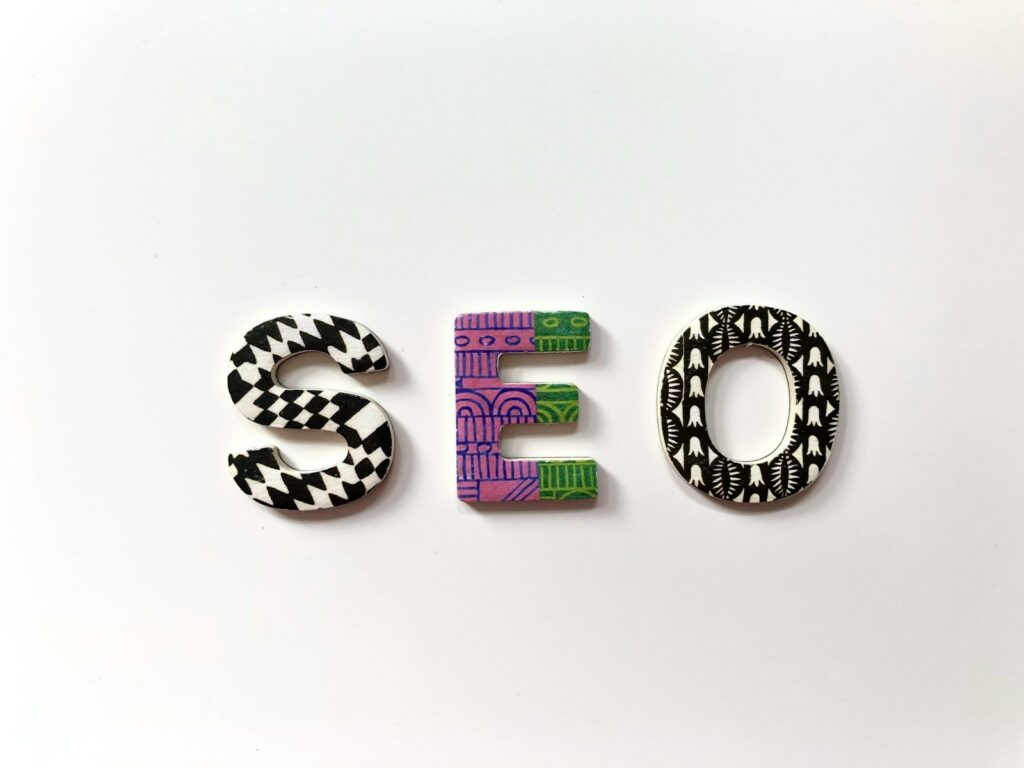Search engines and online consumers continue evolving at a dizzying pace. Each day brings thousands of new queries along with continual refinements to retrieval algorithms. For brands seeking to connect with audiences, the implications are clear: either embrace agility as the new imperative of effective SEO or risk fading relevance.
According to digital marketing strategist Cassandra Gucwa, the founder of Menerva Digital, the brands best positioning themselves amidst this change have adopted responsive, insightful processes for optimizing content. By continually adjusting on-page elements, backlink building, technical enhancements, and other engagement levers based on fresh signals, they match consumer intent in the moment instead of just reacting after declines.
“The volatility ahead requires that adaptability becomes central to SEO success,” said Gucwa. “Static, outdated strategies relying on historical measures for relevance no longer realize the possible results or return on investment given modern pace-of-change dynamics.”
What Created This New Reality for Brands in Search?
In years past, brands could expect steadier trajectories for online discovery and engagement. Consumer interests evolved more gradually alongside the still-maturing internet. Early search engines relied almost solely on keyword factors as well, enabling durable content optimization around key phrases.
But Gucwa points to the scale and acceleration of interwoven changes now underway across three key areas, creating a tipping point:
1. Search Algorithm Innovation – Engineers build better semantic connections through neural networks, driving exponential leaps in contextual understanding that can reframe relevance overnight. Google now averages almost 10 algorithm updates daily.
2. Rising Query Volumes – Consumers have more specialized questions than ever at a massive scale, amplified by mobile ubiquity and voice search adoption. The specificity of their long-tail queries evolves continually.
3. Current Events and Cultural Trends – News cycles and pop culture now move online relevance. Brands without real-time optimization find even evergreen content outdated quickly as new developments connect more deeply for consumers.
Combined, these dynamics make past approaches to SEO success considerably less effective going forward. Agility now provides the needed mechanism to navigate ongoing shifts in consumer behavior, search innovations, and external events with consistency.
Embracing Agility for the Future of SEO Relevance
In her advisory work guiding executive teams on effective online marketing, Gucwa advocates that brands Anchor, Streamline, and Optimize as the framework underpinning SEO agility:
“By coordinating analytical insights, operational alignment, and iterative testing across three phases of activity, brands create the responsive capabilities necessary to drive results amidst accelerating change,” she commented.
Here, Gucwa summarizes the agile SEO approach:
Anchor in Leading Indicators
Begin by expanding analytics capabilities to incorporate more future-focused tracking. Featured snippets, natural language query analysis, contextual measures, and other leading indicators from tools like SEMrush and BrightEdge accurately spot emerging optimization needs as relevance pivots. Monitor correctly, and opportunities become plain despite external shifts.
Streamline Processes for Optimization
Next, address operational effectiveness to eliminate delays, given the imperative of responsiveness. Determine technical obstacles, content workflows, or skill gaps slowing reactions. By engineering more adaptive SEO systems now, execution aligns with the rate of change ahead rather than restricting possibilities.
Optimize Continuously at Scale
Lastly, build iteration into daily workstreams to match consumer and algorithm movements. Run ongoing tests of platform enhancements, on-page factors, linking strategies, emerging keywords, and more to guide optimization priorities. Doubling down on what connects while eliminating declining elements helps match rising intent.
Adjustments across these three levels ensure brands remain relevant, discoverable, and compelling amidst constant outside change. SEO agility futureproofs strategy and amplifies results by anticipating shifts rather than reacting when it’s too late.
“With awareness, honest operational assessment, and embedded iteration, brands can match consumer intent even within volatility,” concluded Gucwa. “Rising above the turbulence ahead comes down to capabilities tuned for emergence.”
As consumer interests and search algorithms keep evolving ahead, no brand can rely on fixed SEO assumptions anymore. Achieving visibility requires listening, understanding, and responding to a changing landscape in the moment. An agile approach makes this achievable at the pace now demanded.
